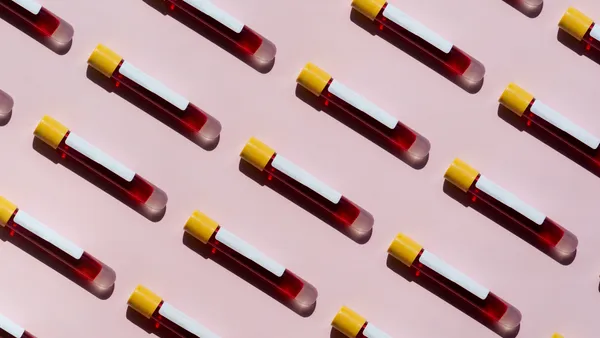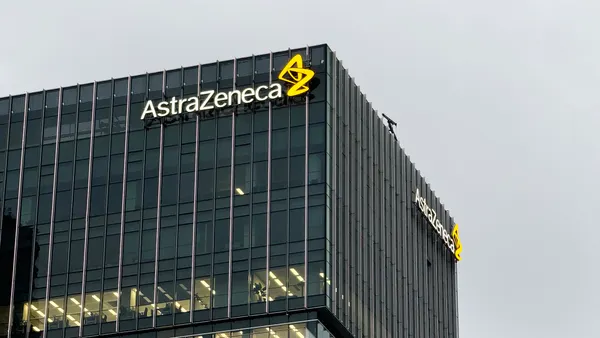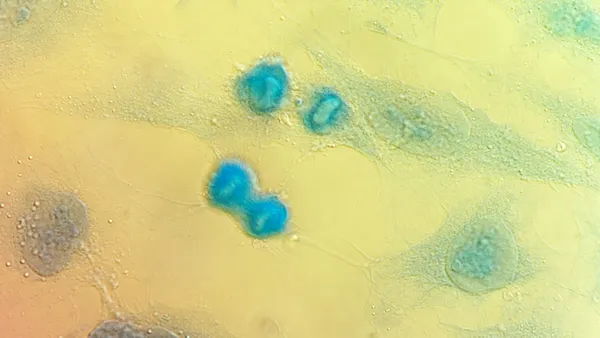Dive Brief:
-
Nevro has shared full data from a randomized clinical trial of its HF10 high frequency spinal cord stimulation therapy in patients with refractory painful diabetic neuropathy (PDN).
-
The JAMA paper presents the data, details of which were first shared in January, that Nevro is using to seek FDA approval for its Senza System in PDN. If successful, Nevro will become the first company to win approval for a SCS device in the indication.
- A survey of pain specialists run by analysts at Baird found PDN could add 7% to SCS volume growth in 2022 and beyond. Other neuromodulation players are targeting the opportunity but Nevro looks set to enjoy first-mover advantage.
Dive Insight:
The idea of using SCS to treat PDN is well established. In the 1990s, physicians in Canada and the U.K. published data on their use of Medtronic SCS devices in patients with painful diabetic peripheral neuropathy. Boston Scientific studied one of its devices in the indication more than a decade ago but stopped the clinical trial before collecting enough data.
Years later, Nevro made PDN a focal point of the growth plan for its SCS device, which uses a higher frequency than products studied in PDN in the past and could provide better durability. Nevro has cemented its status as the frontrunner in PDN over the past year, following up a presentation of three-month data from SENZA-PDN in September with the January release of full six-month data.
The JAMA paper published this week covers the same data as the January presentation. Nevro looked at the effect of using SCS on top of conventional medical management on the pain of PDN patients who had tried at least two classes of analgesic drugs without success. After six months, 79% of SCS patients had a 50% or greater improvement in pain, compared to 5% of the control arm.
In the SCS group, the mean pain score fell from 7.6cm at baseline to 1.7cm after six months of treatment. Conventional treatment, in contrast, scarcely affected the mean score, which slipped from 7.0cm to 6.9cm over the course of the first six months of the clinical trial.
On the safety front, 6% of patients in the SCS group had wound complications. The result is in line with SCS implantation in other indications, alleviating a worry lead investigator Erika Petersen had going into the study.
"We actually were very concerned about the risk of infection because of the diabetic patient population. There's been some debate back and forth about whether diabetic patients have a higher risk of surgical infections or not," Petersen said on a JAMA podcast.
Nevro used the data to seek premarket approval in PDN late last year. This week, Nevro reiterated its assumption that a six-month FDA review cycle will position it to launch Senza in the indication in the second half of 2021.
There is a debate over the size of the market that awaits Nevro. The company put the total addressable market at up to $5 billion in its January presentation, compared to a current SCS sector worth around $2 billion globally. The Baird analysts said skeptics tend to "raise an eyebrow" and "then ask how big will this really be?"
"The 'final answer' will take a while to 'see' and be a function of how effective Nevro and its peers can execute on important development strategies. Key investments to unlock these opportunities, especially PDN, are likely required in referral network development, payer engagement, and direct-to-patient marketing and education," the Baird analysts wrote.












